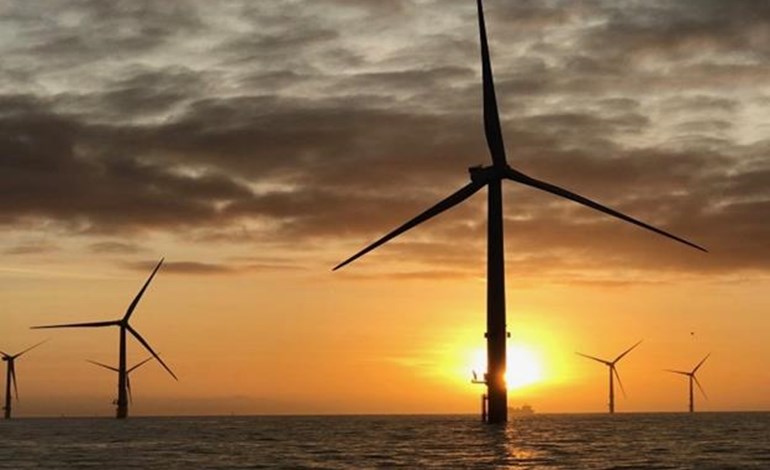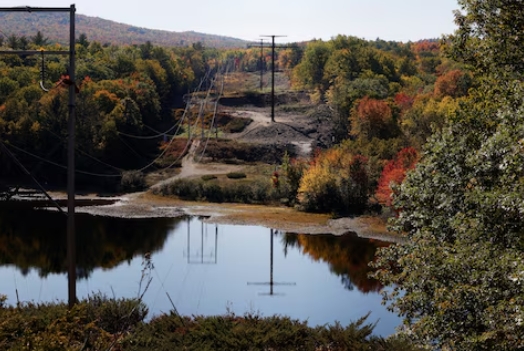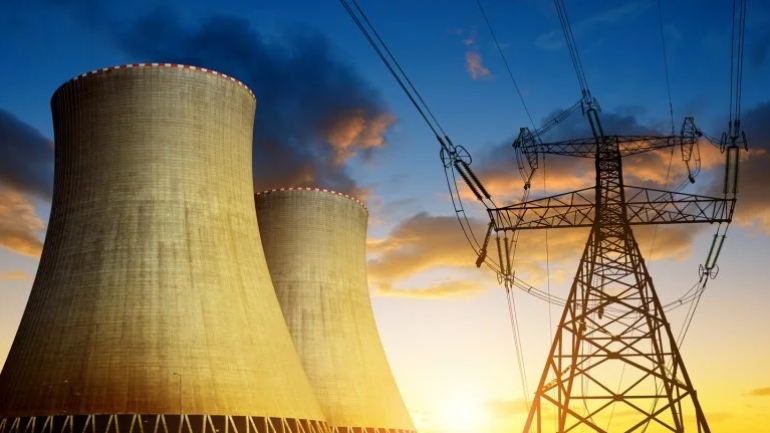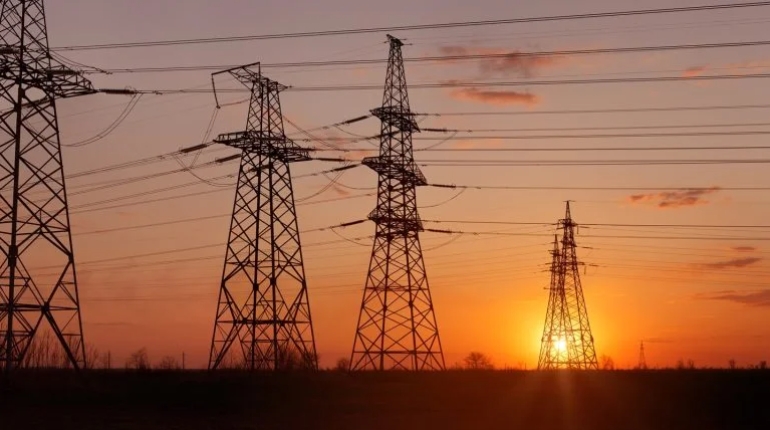
Hitachi Energy has received an order from Orsted for equipment to integrate 2400MW of electricity from the Hornsea 4 offshore wind farm into the UK grid.
Subject to Orsted’s final investment decision on the project, Hitachi Energy will supply grid-forming power electronics that employ its grid stabilisation technology, Enhanced Statcom, to manage grid frequency variations and system voltage.
It is the first time the technology will be used in the offshore wind industry in Europe and marks a technological advance on the conventional STATCOM installed at Hornsea 2.
“We’re delighted, once more, to partner with Hitachi Energy to support Ørsted’s offshore wind buildout here in the UK,” said Alana Kuhne, managing director of Hornsea 4.
“Hitachi Energy is a trusted partner, and we’ll work closely together to deploy grid stabilization technology for the benefit of Hornsea 4 and the wider UK grid.”
Niklas Persson, MD of Hitachi Energy’s business unit, grid integration, added: “The contract strengthens our long-term relationship with Ørsted and builds on the foundation of a global framework agreement that provided the confidence to use Hitachi Energy’s latest STATCOM technology.
“This is part of our co-creation innovation with our customers,” said “With Enhanced STATCOM, we bring to offshore wind what we have already delivered to transmission system operators.”
Hitachi Energy’s equipment SVC Light Enhanced, uses power electronics to integrate the efficient reactive power compensation of SVC Light with supercapacitors, which are electronic devices that absorb and inject active power into the grid in milliseconds.
The use of supercapacitors to provide active power capability not only supports grid stability but also offers project owners the possibility of offering inertia or grid stability services to the grid.
Located 69 km off the Yorkshire coast, Hornsea 4 secured a 2.4GW Contract for Difference (CfD) from the Government in September 2024.
FID on the project is expected within the next 15 months with commercial operation date planned for 2030.







